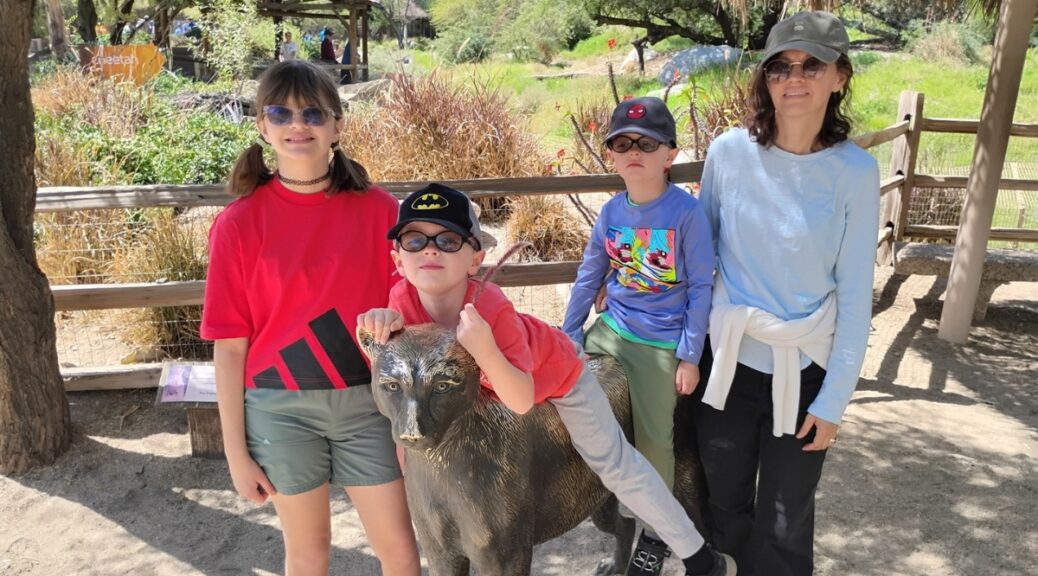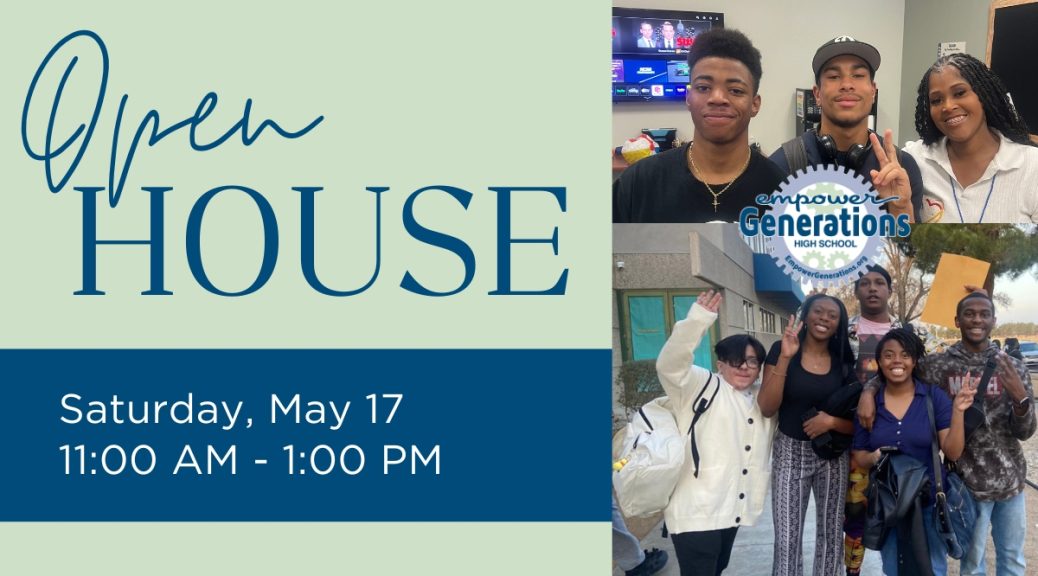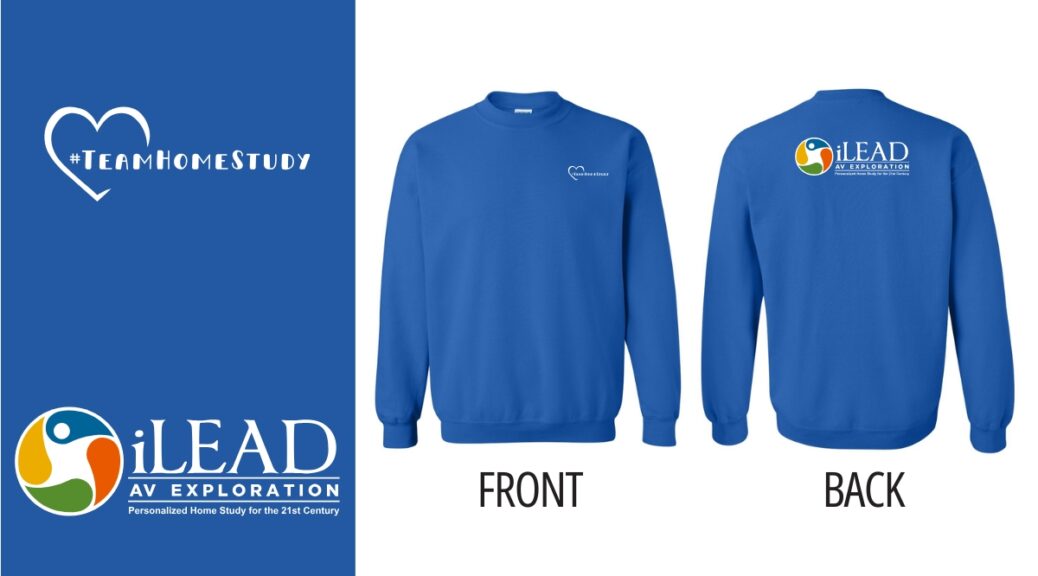This week, we’re excited to feature a dedicated parent from our iLEAD AV Exploration community! Let’s hear from Joyce as she shares her experiences and insights supporting her learners.
Tell us a little about yourself and your family.
I was born and raised in Southern California and spent a good part of my life in the foothills of Juniper Hills, where I developed an appreciation for the outdoors and quiet rural life.
I have been blessed to be a stay-at-home mom to my daughter, July, age 11, and twin five-year-old boys, Grayson and Koda.
My background is in the arts, and I love creating, painting, writing music, cooking, gardening, and studying holistic health.
In the past years I have enjoyed being Room Mom and volunteering as art teacher at my daughter’s school.
My husband has worked at Edwards for the past 30 years and is a dedicated father and husband.
What do you enjoy most about being part of the iLEAD AV Exploration community?
I enjoy the flexibility of curriculum and honoring a child’s unique abilities within their learning journey.
How do you support your learner’s education at home?
With my twin boys, I walk them through all of their work. I see their strengths, and I let them know.
Having twins has taught me that working separately/ together is just fine, but there has to be flexibility.
With my daughter, we started out walking through every assignment and lesson, but she has since developed such independence within her curriculum.
Recognizing where my kids are excelling, helping them where they need it, and letting them be where I see them taking off, has helped me so much. Also making sure all the homework is loaded on time, meetings are met, and participating in workshops and extracurriculars.
What are some of your favorite learning moments with your children?
I love seeing where they understand something new, that the way they describe it is so natural to them.
What advice would you give to other parents supporting their child’s education?
Look for the best in homeschooling even with the challenges. The quality time, getting to see your child’s strengths, and advocating for them where they need a boost are very rewarding in the end.
Thank you, Joyce, for sharing your valuable perspectives and for being such a supportive member of our iLEAD AV Exploration community!
About iLEAD AV Exploration:
iLEAD AV Exploration is a free public school independent study program in Lancaster, CA, where flexibility meets robust support. Our credentialed educators empower each family’s journey with personalized guidance, award-winning curriculum, technology, vendor funds, engaging field trips, and the convenience of free drop-off workshops. Follow us on Instagram and Facebook, and find us at ileadav.org/av-exploration.














